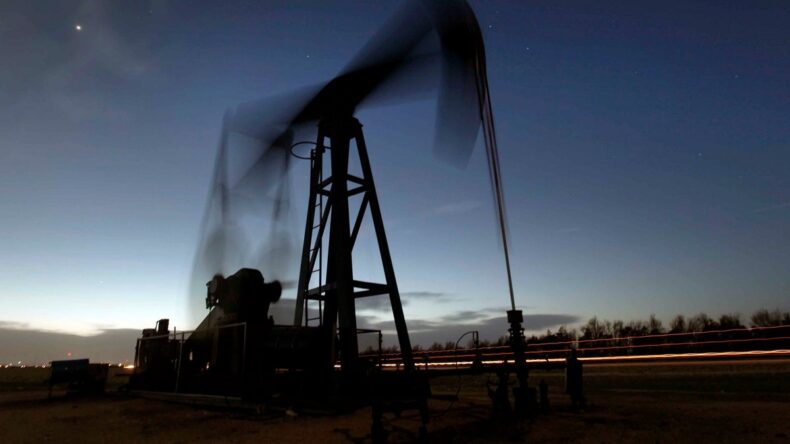The world’s largest oil consumer, the United States, is particularly concerned about the rising prices, with inflation already at a four-decade high.
The invasion of Ukraine by Russia has resulted in harsh economic penalties and criticism from the US and its allies. Concerns about disruptions in global supply, of which 8% comes from Russian exports, have pushed up oil prices, prompting traders to seek alternate sources in an already tight market.
What is the amount of oil that the United States imports from Russia?
Although the United States imports Russian oil, it is not overly reliant on the country for its supplies.
According to the American Fuel and Petrochemical Manufacturers (AFPM) trade association, the US imported an average of 209,000 barrels per day (BPD) of crude oil and 500,000 BPD of various petroleum products from Russia in 2021.
This accounted for 3% of total crude oil imports into the United States and 1% of full oil processed by US refineries. In the same year, the United States purchased 61 per cent of its crude oil from Canada, 10% from Mexico, and 6% from Saudi Arabia.
Imports of Russian crude oil have grown since the United States put sanctions on Venezuela’s oil industry in 2019, according to the AFPM. Last year, after Hurricane Ida hampered oil output in the Gulf of Mexico, US refiners briefly increased Russian imports.
What impact might Russian oil export limitations have on the United States?
“The first is with oil supplies, and the quick answer is that it would not have a significant impact on the United States,”
says the author. Professor Adam Pankratz of the Sauder School of Business at the University of British Columbia
“If things become really bad, the US has a strategic petroleum reserve,” he explained.
However, Pankratz points out a broader economic impact to consider.
“If the United States stopped importing Russian oil, it’s likely that many other countries would stop importing Russian oil as well, making an already tight oil market even tighter, and driving up the price of oil, which in turn can drive inflation, which in turn can affect the US economy,”
Pankratz said
While the sanctions against Russia do not specifically target its energy supply, they do target banks and financial institutions, which impedes Russia’s ability to indirectly export oil and other fuels.
Crude prices soared to well above $110 per barrel on Wednesday, creating a challenge for nations attempting to contain growing inflation.
“We’re seeing a lot of self-sanctioning while there aren’t any sanctions in place [on the oil market],”
Pankratz said.
“As a result, banks and merchants… They don’t know exactly what would be affected by Russian sanctions, and they don’t want to risk being investigated for importing or dealing with a Russian company when they shouldn’t have been.”
What political consequences would rising oil prices have for the Biden administration?
According to the Bureau of Labor Statistics, inflation in the United States increased at 7.5 per cent in January, the fastest pace since July 1982.
According to a recent research by Moody’s Analytics, this corresponds to a $276 rise in monthly spending for the average American household. The conflict in Ukraine is only likely to worsen the situation.
Rising costs have already harmed US Vice President Joe Biden’s approval ratings, which have been in the doldrums since plummeting to a historic low of 33% in January.
Inflationary increases would further erode the president’s popularity ahead of November’s critical mid-term elections.
“People tend to vote on subjects that are discussed over the dinner table,” Pankratz remarked. “How much does gas cost?” How much can we spend on a vacation? Families are wondering if they are better off this year… Inflation could be a severe issue in this aspect.
Edited By- Subbuthai Padma
Published By- Satheesh Kumar













